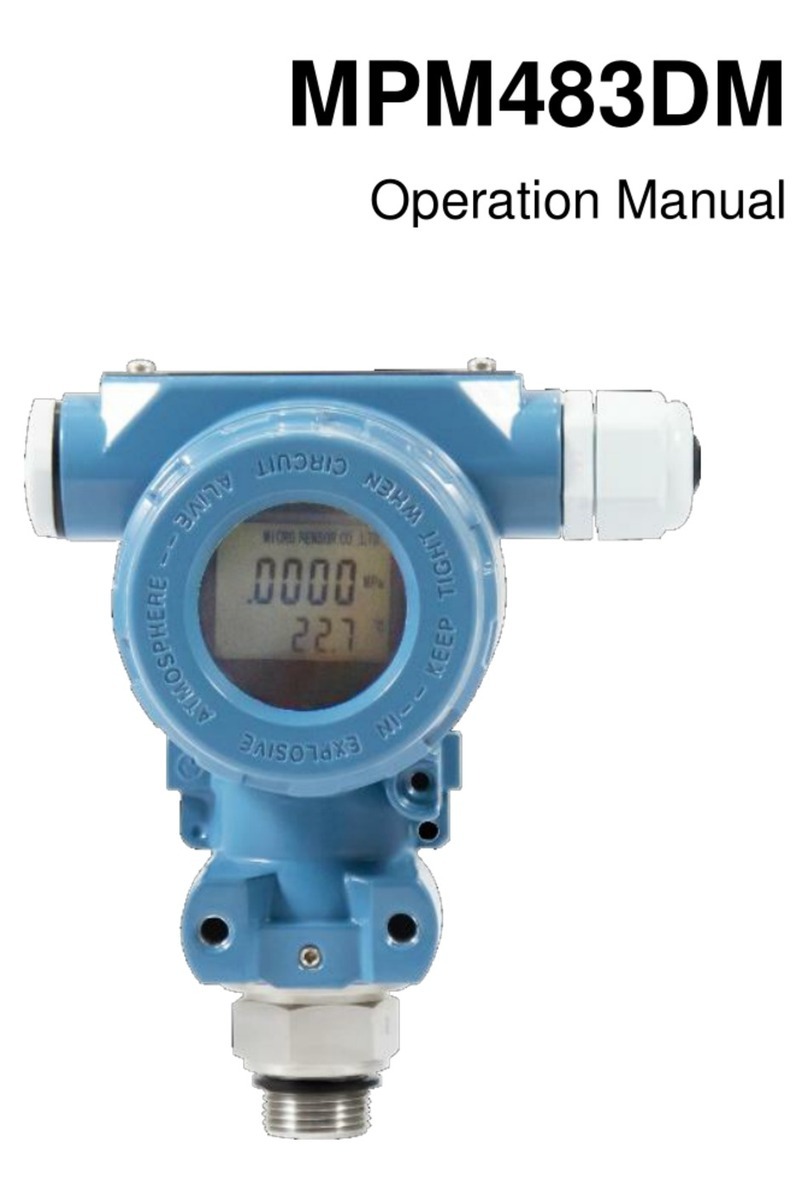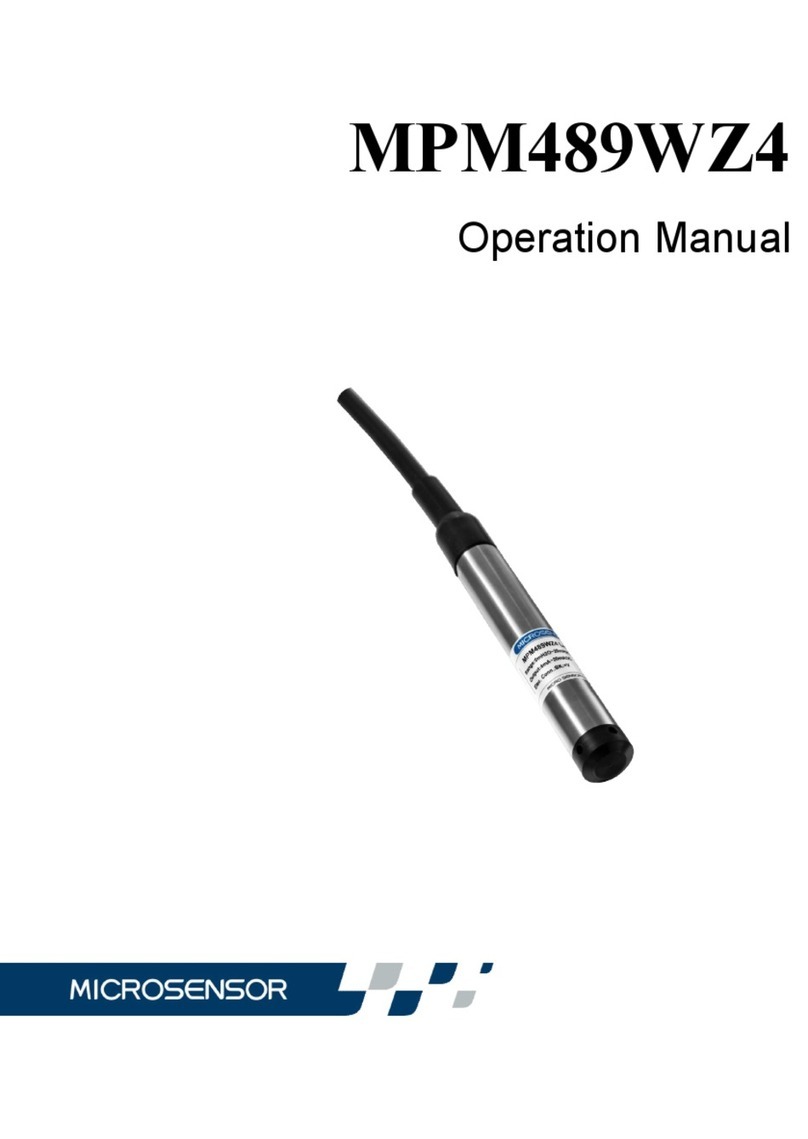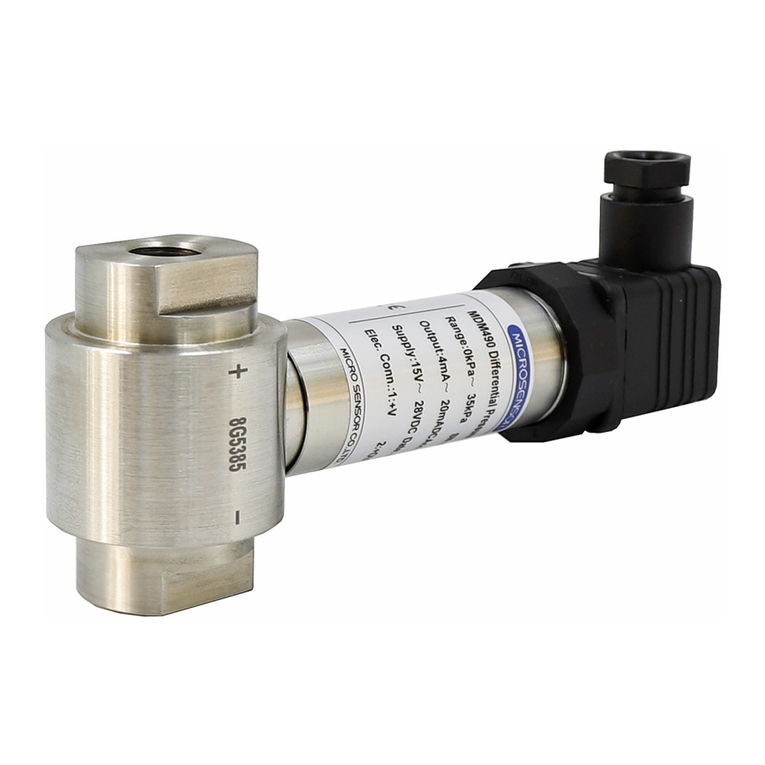Microsensor MPM489W User manual
Other Microsensor Transmitter manuals
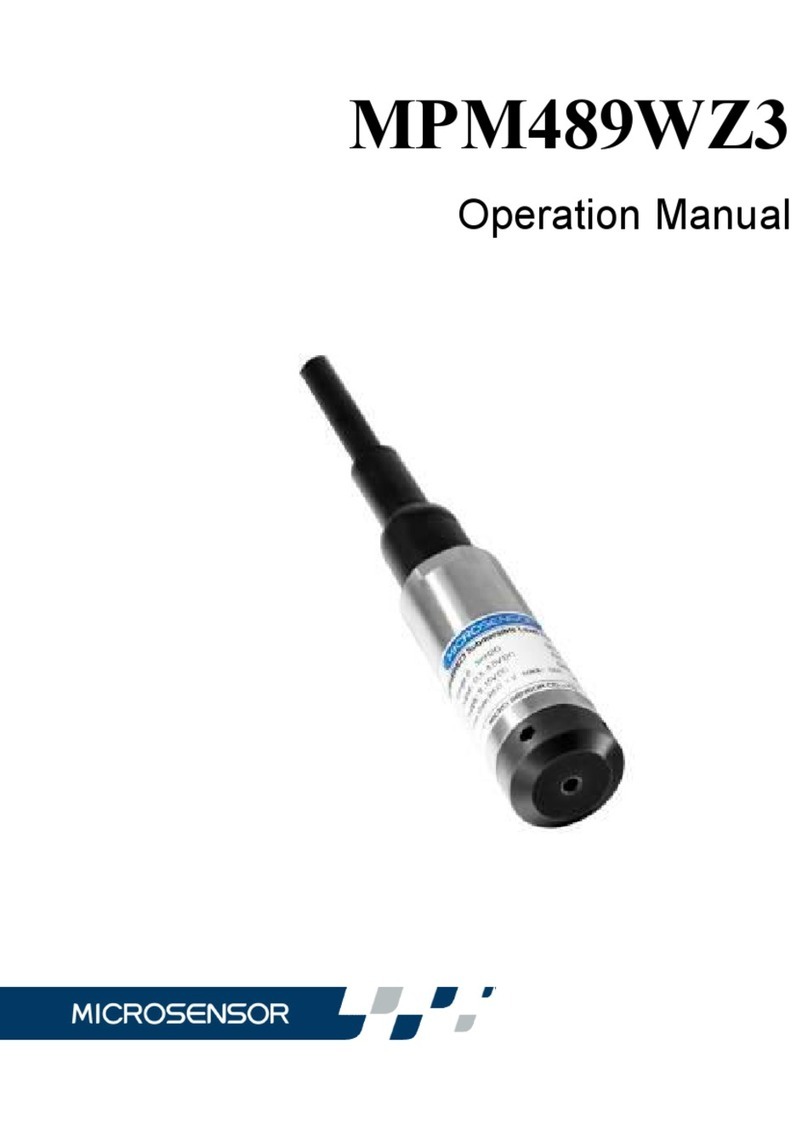
Microsensor
Microsensor MPM489WZ3 User manual
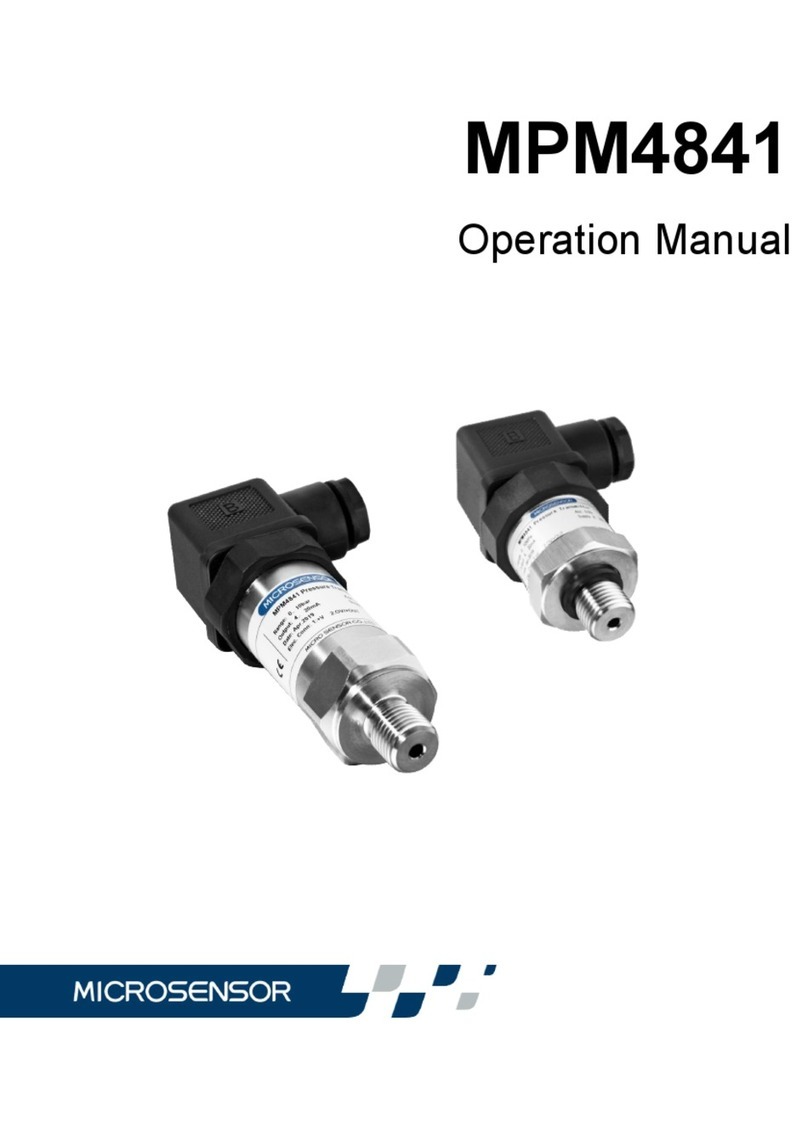
Microsensor
Microsensor MPM4841 User manual
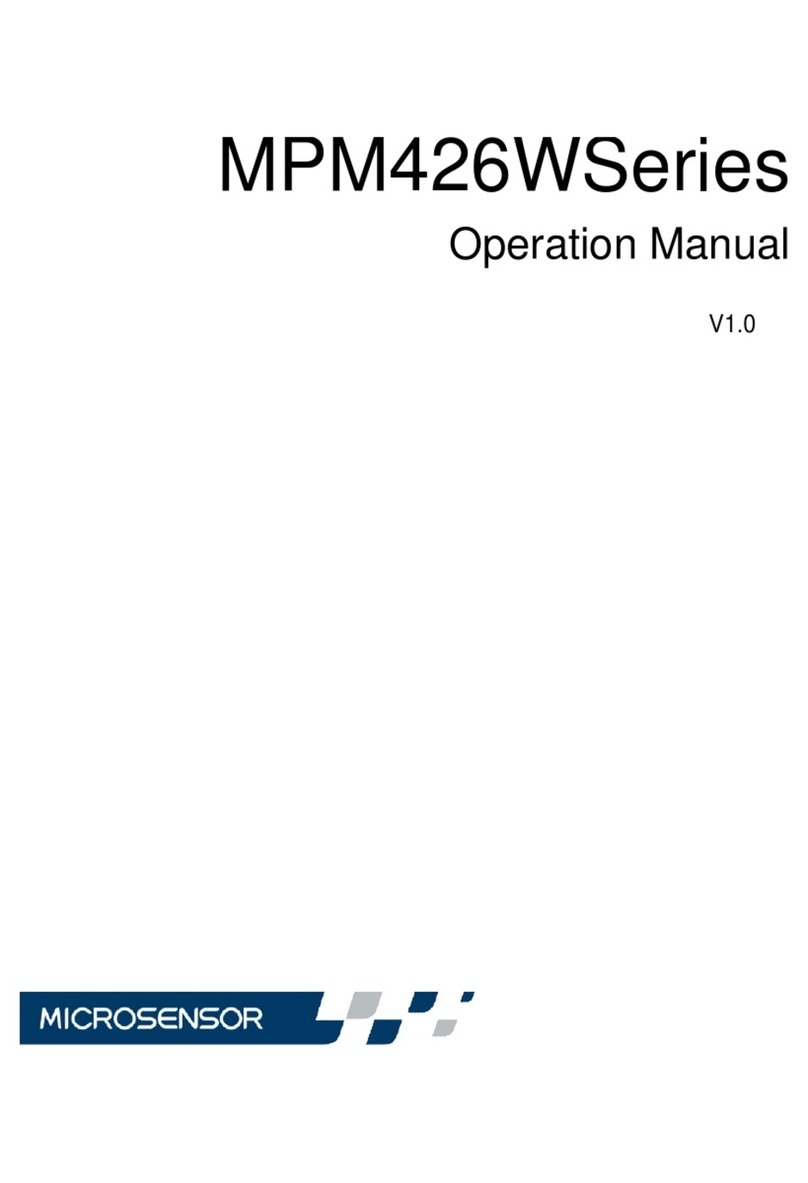
Microsensor
Microsensor MPM426W Series User manual
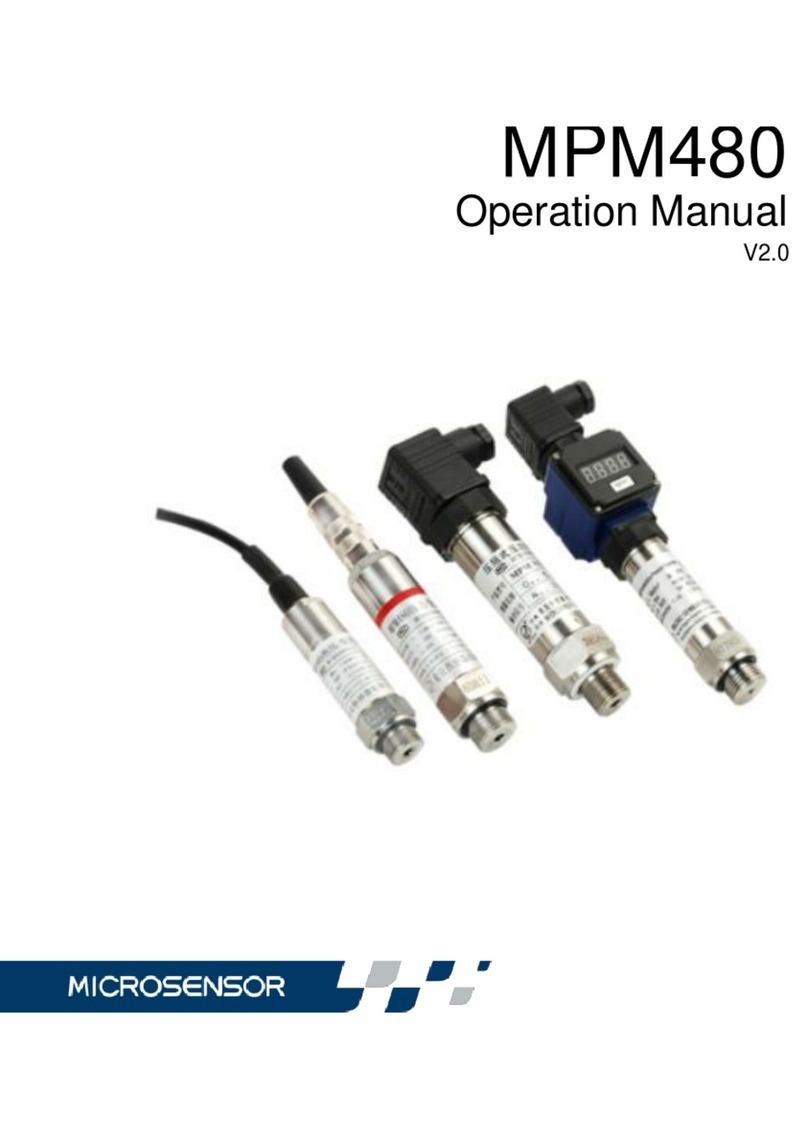
Microsensor
Microsensor MPM480 User manual
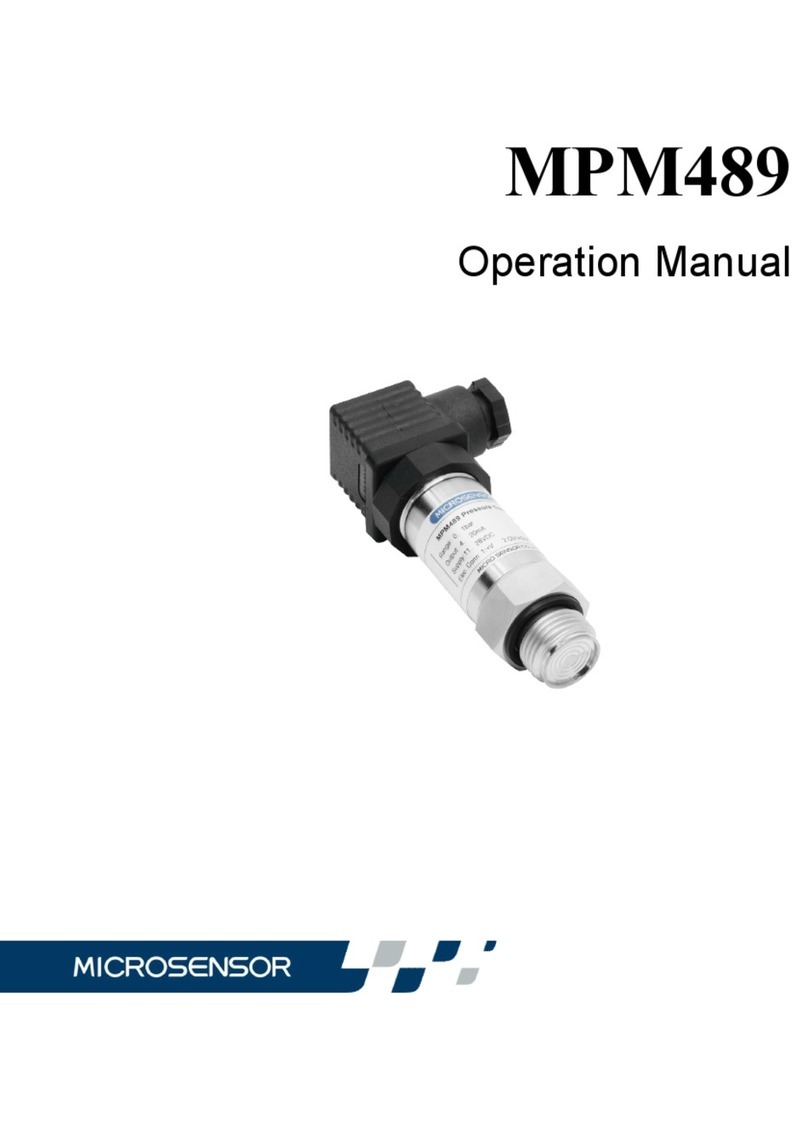
Microsensor
Microsensor MPM489 User manual
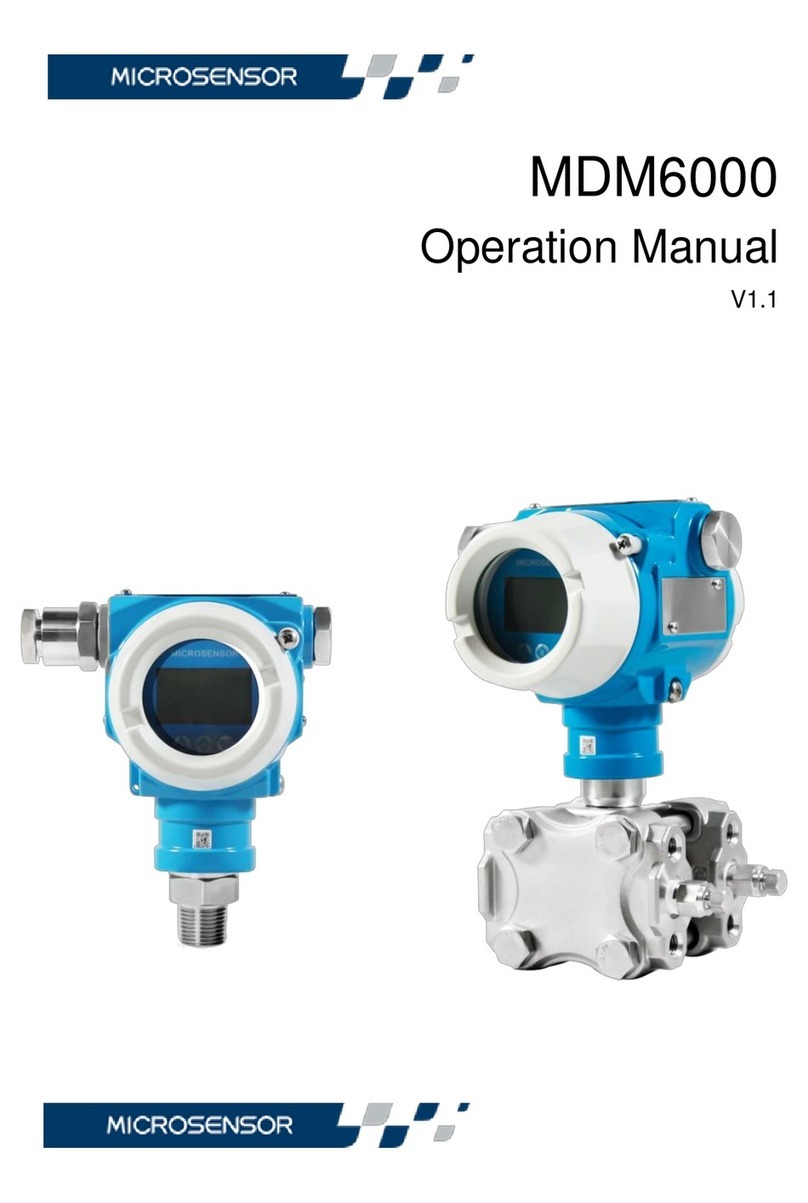
Microsensor
Microsensor MDM6000 Series User manual
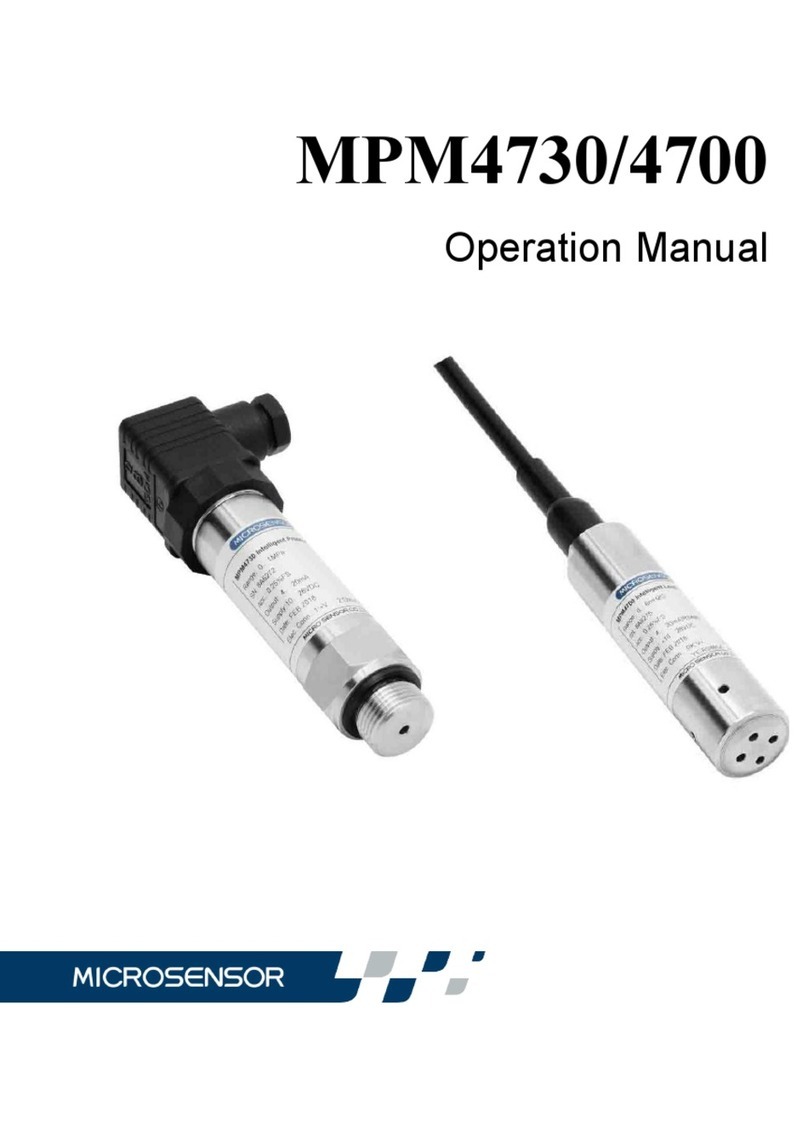
Microsensor
Microsensor MPM4730 User manual
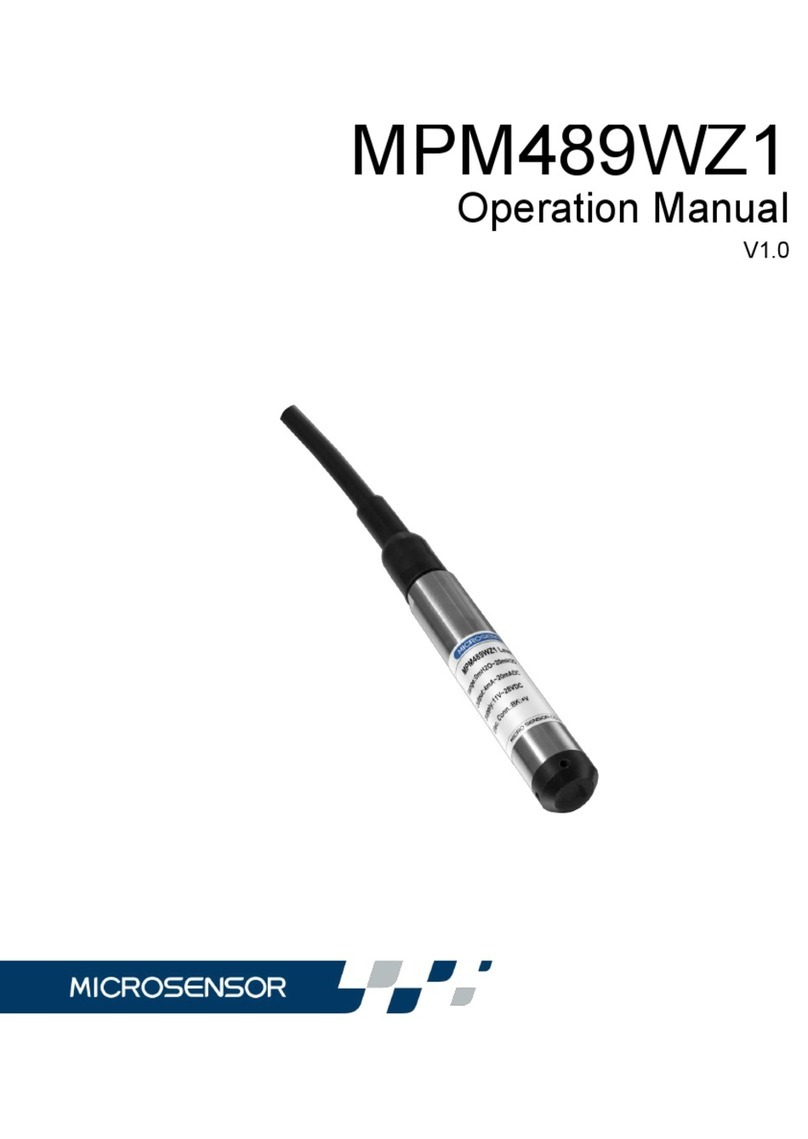
Microsensor
Microsensor MPM489WZ1 User manual
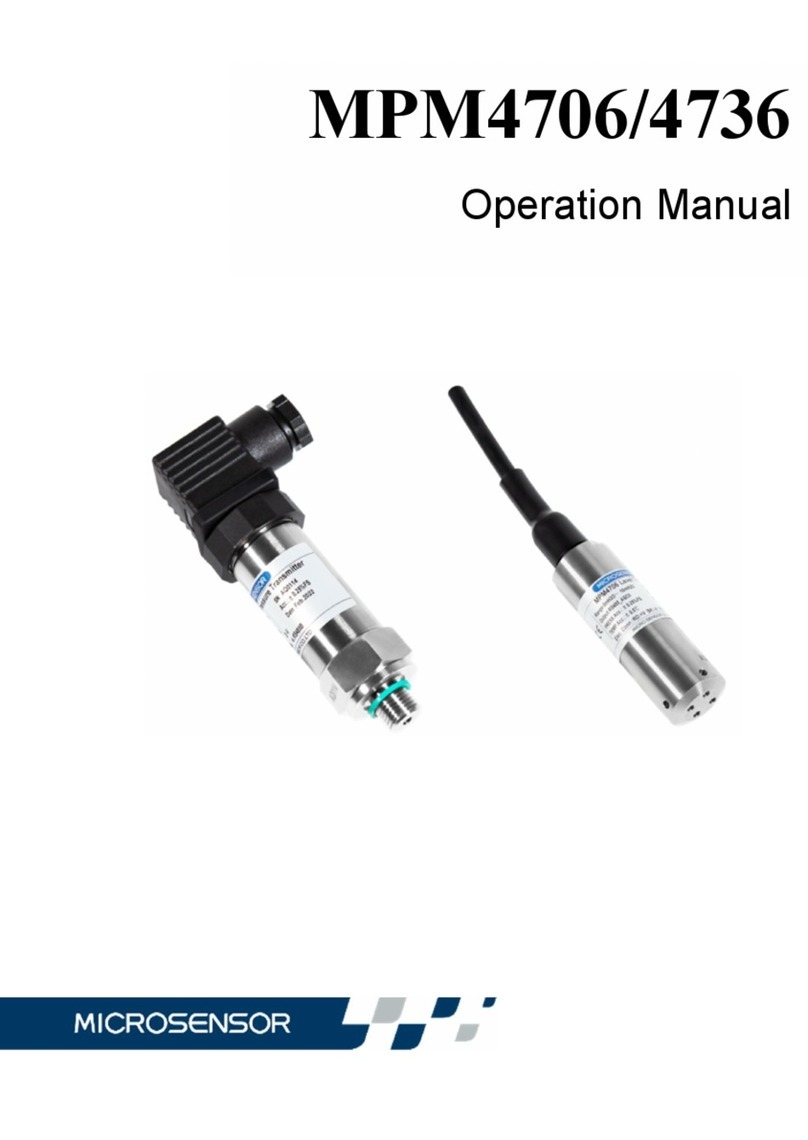
Microsensor
Microsensor MPM4706 User manual
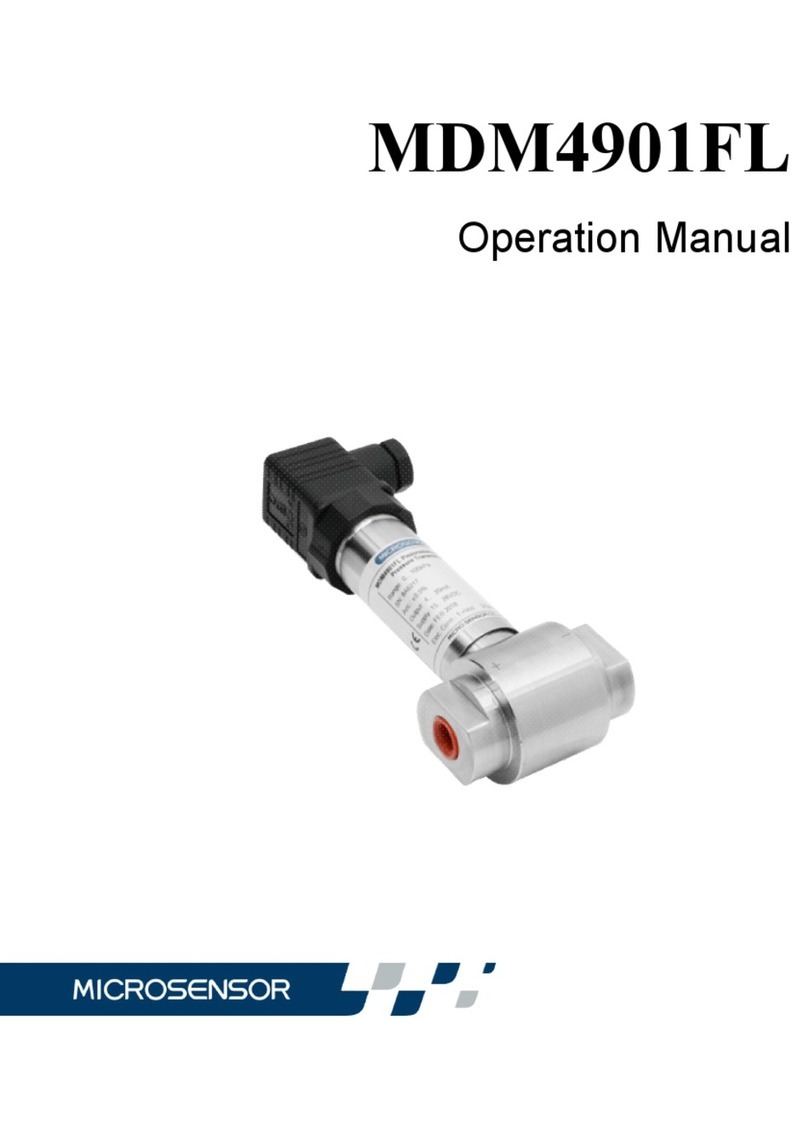
Microsensor
Microsensor MDM4901FL User manual
Popular Transmitter manuals by other brands

Geo
Geo Web Pack quick start guide

Inovonics
Inovonics EchoStream EN1210W installation instructions

IKONNIK
IKONNIK KA-6 quick start guide

Rohde & Schwarz
Rohde & Schwarz SR8000 Series System manual

Audio Technica
Audio Technica UniPak ATW-T93 Installation and operation

NIVELCO
NIVELCO EasyTREK SCA-300 Series Programming manual

